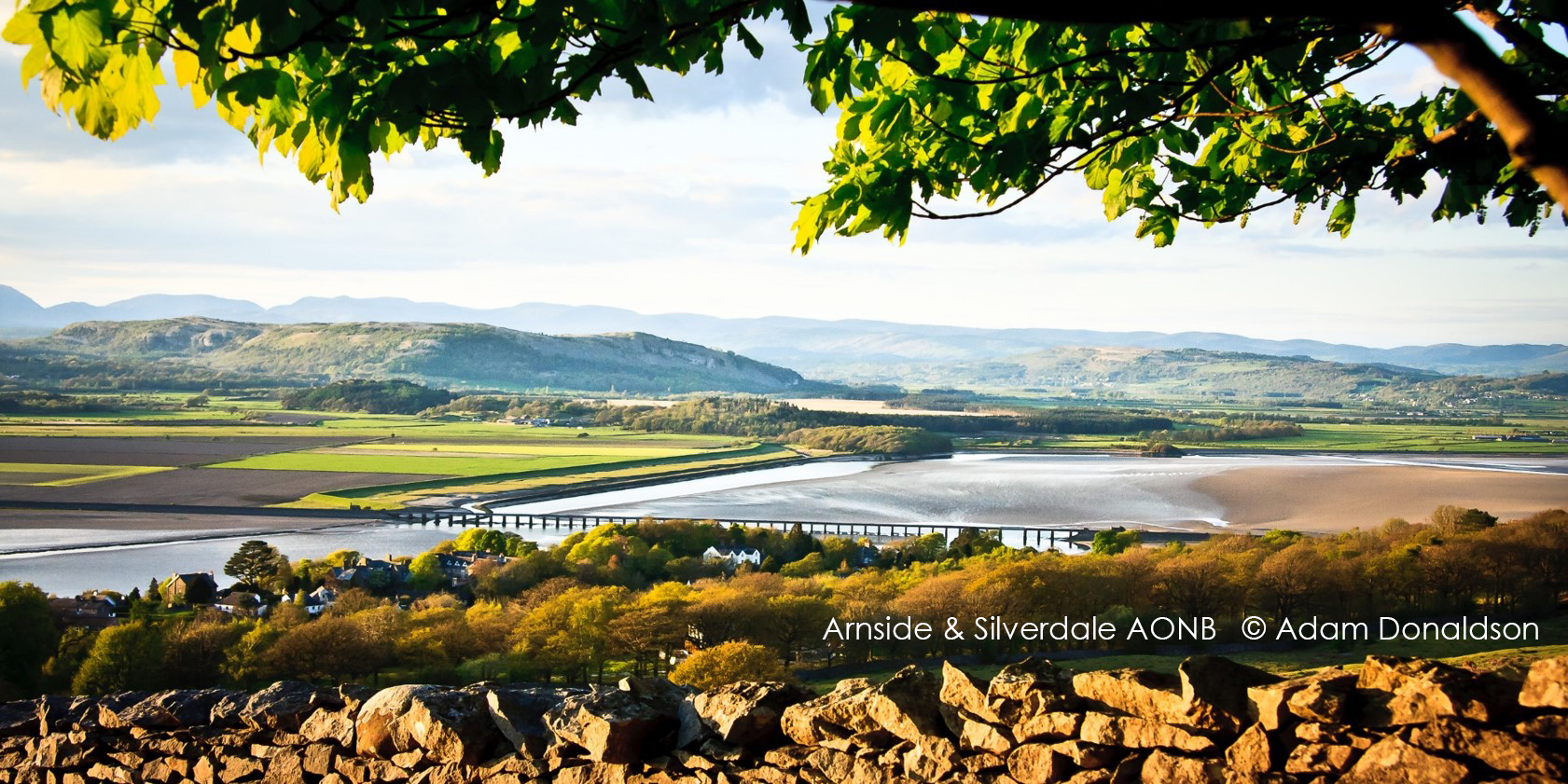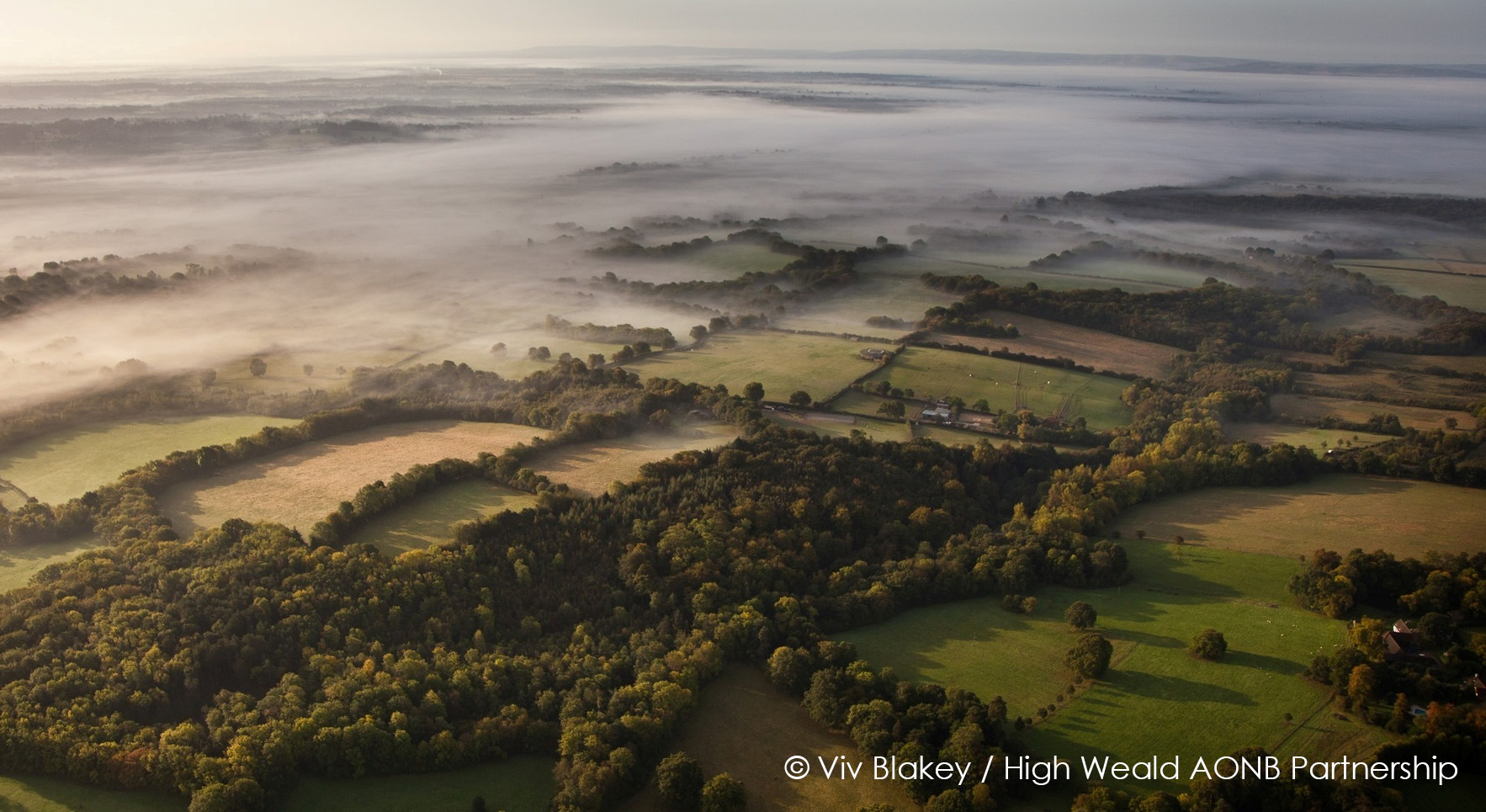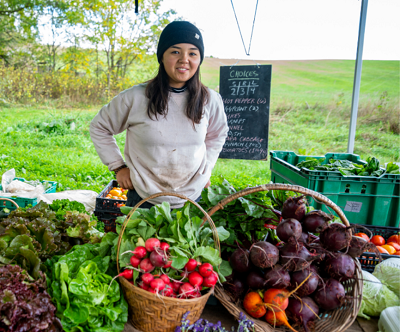22 June 2021
To celebrate World Environment Day with RTPI members and guests, I was delighted to visit the Arnside & Silverdale Area of Outstanding Nature Beauty (AONB) in the North West region and the High Weald AONB in the South East.
This year’s World Environment Day marked the launch of the UN Decade of Ecosystem Restoration. Facing the threat of climate change, loss of nature and pollution, the world must deliver on its commitment to restore at least one billion degraded hectares of land in the next decade – an area about the size of China. It is a global rallying call to heal our planet.
At the same time, a new report Ecosystem Restoration for People, Nature and Climate was published jointly by the UN Environment Programme and the UN Food and Agriculture Organisation.
The report highlighted that humanity is using 1.6 times the amount of services that nature can provide sustainably. That means conservation efforts alone are not sufficient to prevent large-scale ecosystem collapse and biodiversity loss. Ecosystems requiring urgent restoration include farmlands, forests, grasslands and savannahs, mountains, peatlands and fresh water.
My virtual visit to the North West and South East regions was hosted by Simon Taylor, Chair of RTPI South East. Speakers discussed how good planning can aid nature recovery. Rebecca Dewey, North West Young Planner of the Year for 2020, chaired a Q&A session.
Maurice Brophy from Lancaster City Council shared his expertise of producing and using a Development Plan Document (DPD) to guide developments in the AONB and to provide a greater level of certainty by creating shared understanding of environmental and socio-economic expectations.
Damian Law, Planning Officer at South Lakeland District Council, further elaborated the experience of using the AONB DPD, highlighting the pivotal role of protected landscapes in responding to the biodiversity crisis, and stressing that town and country should be seen as part of the same eco-system, not detached from one another.

Bloomfields Director Tom Ogden emphasised the importance of adequately accommodating the needs of the local agriculture sector and of seeing the countryside as a living landscape with busy agricultural and other economic activities. To achieve net gains, it is crucial to ‘hold hands’ with local farmers, he said.
Claire Tester, Planning Advisor to the High Weald AONB Partnership, said that protected landscapes not only have a key role to play in addressing the impacts of climate change and the biodiversity emergency, but also in responding to the pressure of development.

She said: “Biodiversity does not thrive in islands. The challenge for us is to start with protected landscapes and then to grow into undesignated areas – that is really challenging, particularly in the south east where we are also contending with very high development pressure. I think the only way we can do it that is to use the same development plan to manage nature recovery and development alongside each other.”
I very much enjoyed the thought-provoking presentations and discussions during the visit. AONBs, with their distinctive landscape and ecological character, diverse local economy and rich culture, should be primary areas for us to consider for not only natural conservation, but also as opportunities for ecosystem restoration.
However, ecosystem restoration will only succeed if everyone plays their part. Town planners working alongside other specialists can play a vital part in this movement.
Let's have a regenerative town and country planning system - a long term, strategic, integrated urban/rural approach, which considers the whole territory as one ecological entity.


